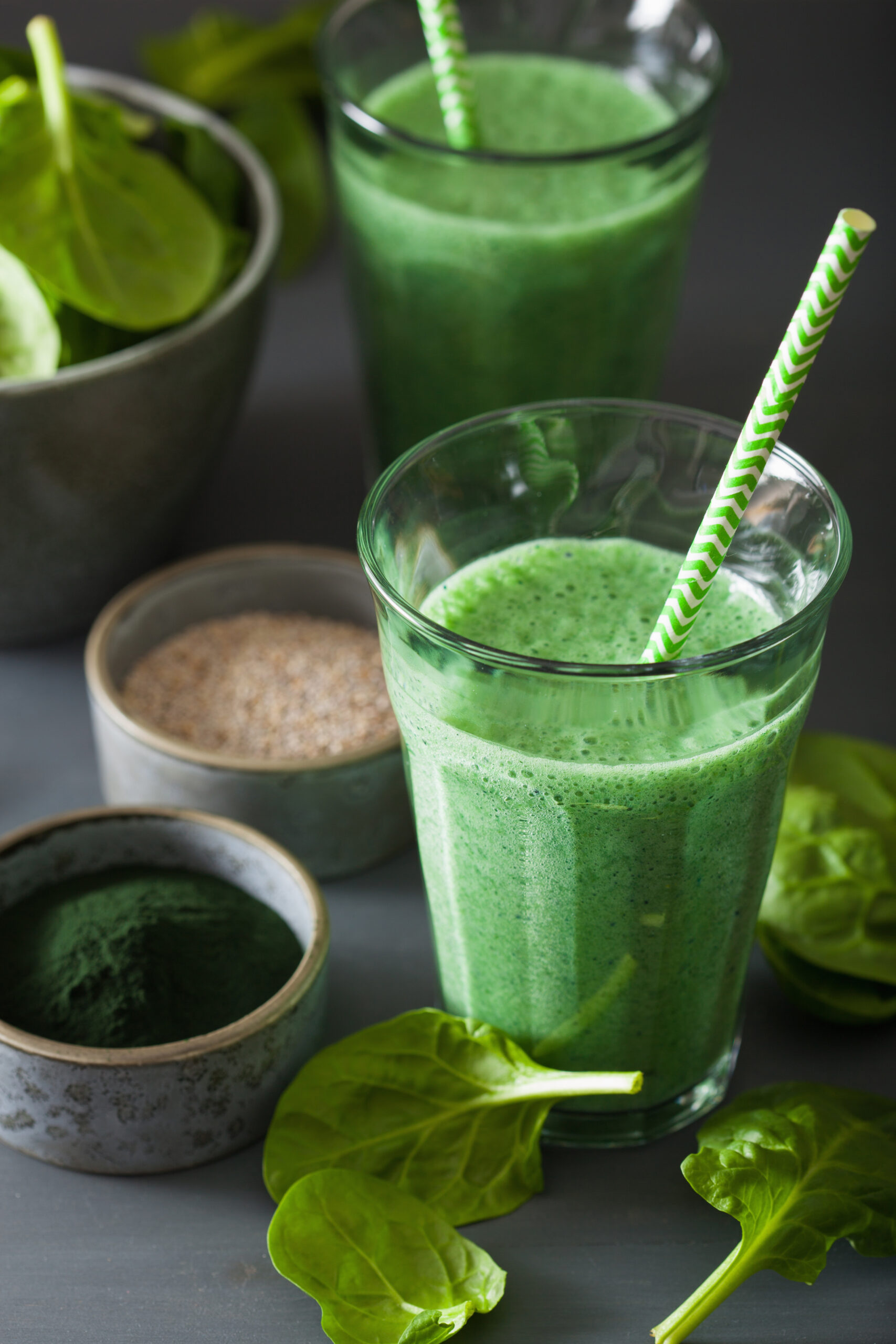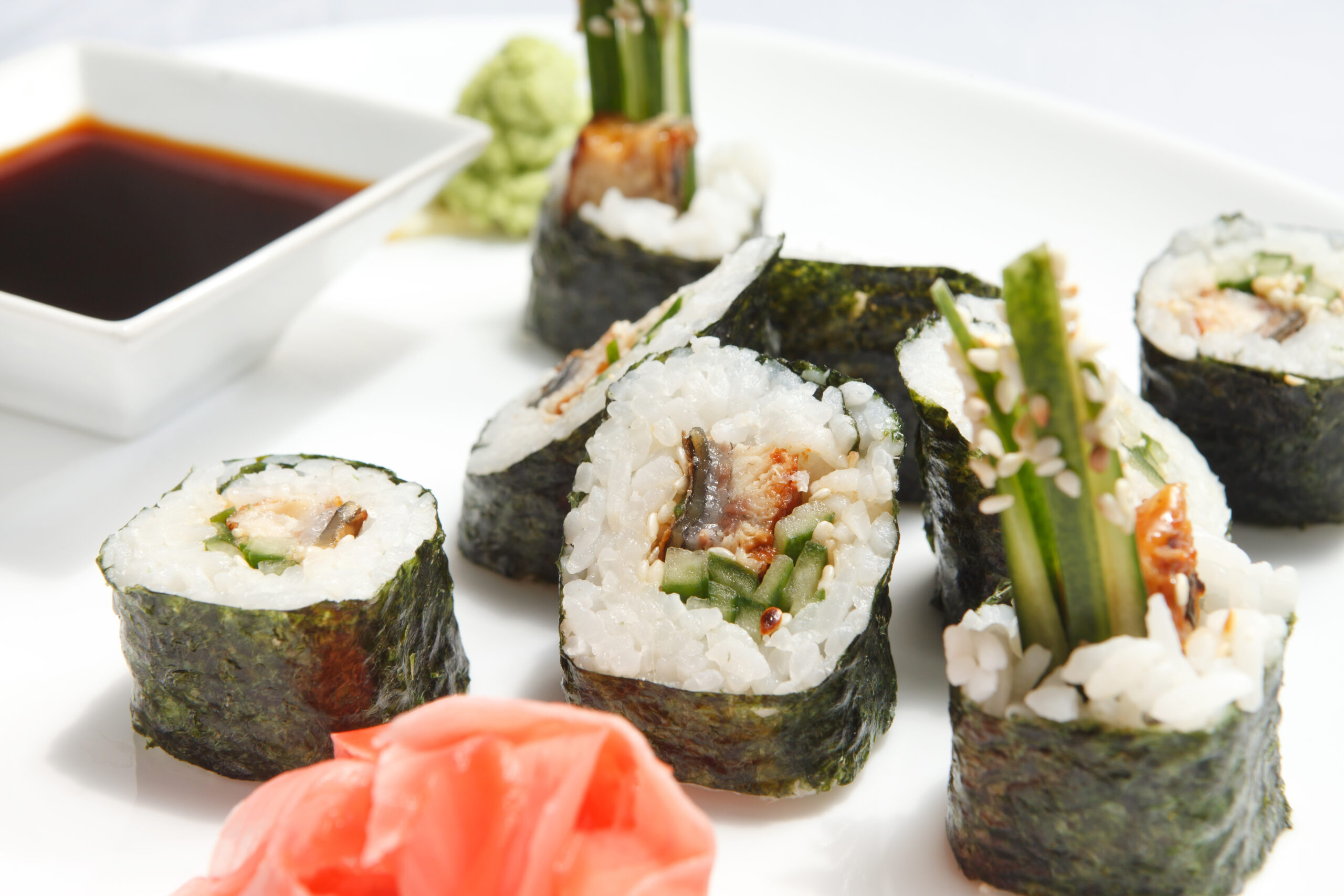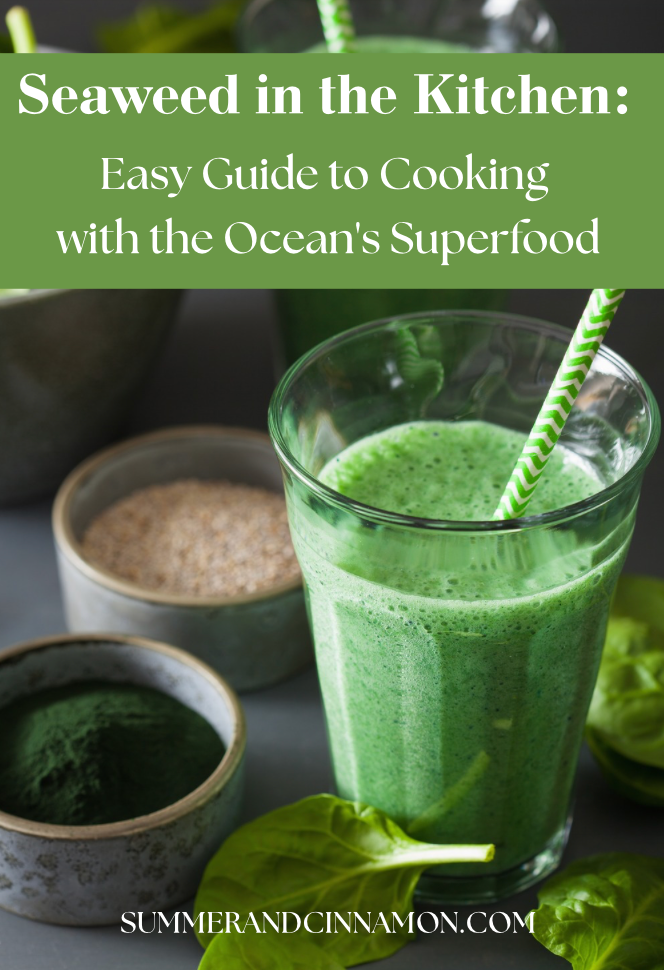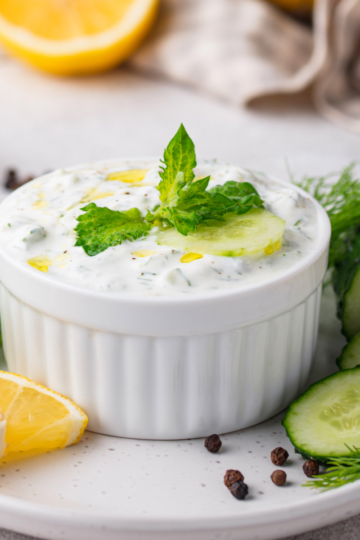There’s something about the ocean that stirs creativity in a cook.
Maybe it’s the rhythm of the tide, or the way salt air lingers on your skin after a coastal walk — that fresh, mineral scent that instantly brings you home to something elemental.
The first time I cooked with seaweed, I expected it to taste like the ocean. What I didn’t expect was how alive it would make a dish feel. One tiny pinch transformed my simple rice bowl into something layered and savory, with a whisper of umami that lingered long after the last bite.

Now, in 2025, seaweed is having its moment. Chefs are sprinkling it into sourdough, home cooks are stirring it into risottos, and food lovers are realizing that this once-overlooked ocean plant might just be the most exciting (and sustainable) ingredient of the decade.
Jump to:
Why You’ll Love Cooking with Seaweed
- Unmatched flavor depth. Seaweed delivers instant umami — that elusive “fifth taste” chefs chase — without needing meat or heavy seasoning.
- Naturally nutritious. It’s loaded with iodine, calcium, magnesium, and antioxidants — plus fiber that supports gut health.
- Eco-friendly. Seaweed grows without soil, fresh water, or fertilizer. It absorbs carbon dioxide and helps clean our oceans.
- Culinary flexibility. It can be crispy, chewy, or silky. It can flavor broths, wrap sushi, enrich bread, or even tint desserts.
- Gorgeous presentation. The emerald greens, purples, and rich browns of edible algae make any dish camera-ready.
Seaweed doesn’t just add flavor — it adds dimension. It’s the ingredient that takes a dish from simple to sophisticated, earthy to ethereal.
Ingredient Breakdown: Meet the Seaweed Family
There isn’t just one kind of seaweed — there are dozens. Each type brings its own texture, color, and flavor. Here are the most common ones you’ll find in kitchens:
- Nori: Paper-thin sheets used for sushi rolls. Toast and crumble it over rice, noodles, or even popcorn.
- Kombu (kelp): A thick, hearty seaweed that infuses soups and broths with deep umami. Essential in Japanese dashi.
- Wakame: Silky and tender when rehydrated. Perfect in miso soup or chilled salads.
- Dulse: Red seaweed with a smoky, bacon-like note when toasted. Try sprinkling it over roasted vegetables or pasta.
- Sea Lettuce (Ulva): Bright green and delicate — great for salads or garnishing seafood dishes.
- Spirulina and Chlorella: Powdered microalgae rich in protein and nutrients. Used in smoothies, baked goods, or even homemade pasta for a vivid green hue.
Each has its place in the kitchen — and a little goes a long way.

Step-by-Step: How to Cook with Seaweed
Seaweed is one of those ingredients that looks intimidating until you realize how simple it is to use. Here’s how to start incorporating it into your everyday cooking:
1. Start small.
Sprinkle seaweed flakes or crumble half a nori sheet into your next soup, salad, or rice dish. The goal is to enhance, not overwhelm.
2. Toast it for flavor.
Dry-toast nori or dulse in a skillet over medium heat for 10–30 seconds until crisp. The heat brings out incredible nutty, smoky notes.
3. Infuse your broths.
Add a 4-inch strip of kombu to your stockpot while simmering soup or stew. Remove before serving — it’ll add depth without fishiness.
4. Use it as a seasoning.
Mix powdered seaweed or flakes into salt or spice blends. “Seaweed salt” gives a restaurant-level finish to roasted potatoes, eggs, or avocado toast.
5. Try a savory boost in carbs.
Blend a teaspoon of powdered seaweed into bread dough, crackers, or pancakes for an earthy undertone and a boost of minerals.
6. Experiment with texture.
Seaweed can be chewy (wakame), crisp (nori), or gelatinous (agar). Try each texture in different contexts — soups, salads, or desserts.

Variations & Creative Uses
Once you fall in love with seaweed’s flavor, you’ll find yourself sprinkling it everywhere. Try these ideas:
- Seaweed Compound Butter: Mix softened butter with dulse flakes, lemon zest, and a pinch of sea salt. Perfect for finishing grilled seafood or steak.
- Seaweed Snack Mix: Toss roasted nori pieces with nuts, sesame seeds, and wasabi peas for a crunchy, umami-rich trail mix.
- Seaweed Breadsticks: Add 1 tablespoon nori powder to your bread dough — it bakes up golden with subtle ocean notes.
- Spirulina Smoothie: Blend banana, pineapple, coconut water, and a teaspoon of spirulina for a nutrient-packed, vibrant green drink.
- Seaweed Salt Rim: Use crushed seaweed flakes for cocktail or mocktail rims — especially with citrus-based drinks.
Serving Suggestions
- With grilled fish or shrimp: Sprinkle seaweed salt or flakes over seafood to add complexity.
- In veggie bowls: Mix wakame or dulse into rice, quinoa, or noodle bowls.
- On eggs or avocado toast: A dusting of seaweed salt turns breakfast into a gourmet moment.
- As a garnish: Use toasted nori ribbons on soups or risottos for visual appeal.
- In bread or crackers: A subtle way to boost flavor in savory baked goods.
Storage Tips
Dried seaweed keeps beautifully when stored properly:
- Keep it in an airtight container in a cool, dry spot away from light.
- Once opened, reseal immediately — moisture makes seaweed soft and sticky.
- Rehydrated seaweed should be used within 2–3 days and kept in the fridge.
- Seaweed powders last several months if tightly sealed.

FAQs
Can I use seaweed if I’m not a fan of seafood?
Absolutely. Seaweed adds savory depth without tasting “fishy.” Start with small amounts of nori or wakame — they’re the mildest.
Is seaweed safe to eat every day?
Yes, in moderate amounts. It’s rich in iodine, which is essential for thyroid health, but balance is key.
Where can I buy seaweed?
Most grocery stores now carry nori sheets and seaweed snacks. Specialty markets and online shops offer kombu, wakame, and dulse.
Can I grow seaweed myself?
Not yet in most home kitchens, but aquaculture is expanding rapidly — you might see home kits emerge soon!
Why This Trend Works
This movement isn’t just about trying something new — it’s about rethinking what “local” and “sustainable” mean.
Seaweed represents a food future that’s flavorful, eco-conscious, and rooted in connection to the natural world. It’s the perfect example of modern cooking: thoughtful, bold, and planet-friendly.
As more chefs and creators share seaweed recipes, the possibilities will only expand — from kelp-based sauces to seaweed-infused butters and breads. If you want to get ahead of the curve in 2025 food trends, this is the moment to start cooking from the sea.
Final Thoughts
Seaweed is one of those ingredients that challenges and rewards at the same time. It pushes your palate, opens your creativity, and connects you — quite literally — to the ocean.
So next time you’re in the grocery aisle, grab a pack of nori or a jar of seaweed flakes. Toast it, crumble it, sprinkle it, taste it.
That first bite might surprise you — not just for its flavor, but for how alive it makes your food feel.
Pin to Pinterest

Related
Looking for other recipes like this? Try these:








